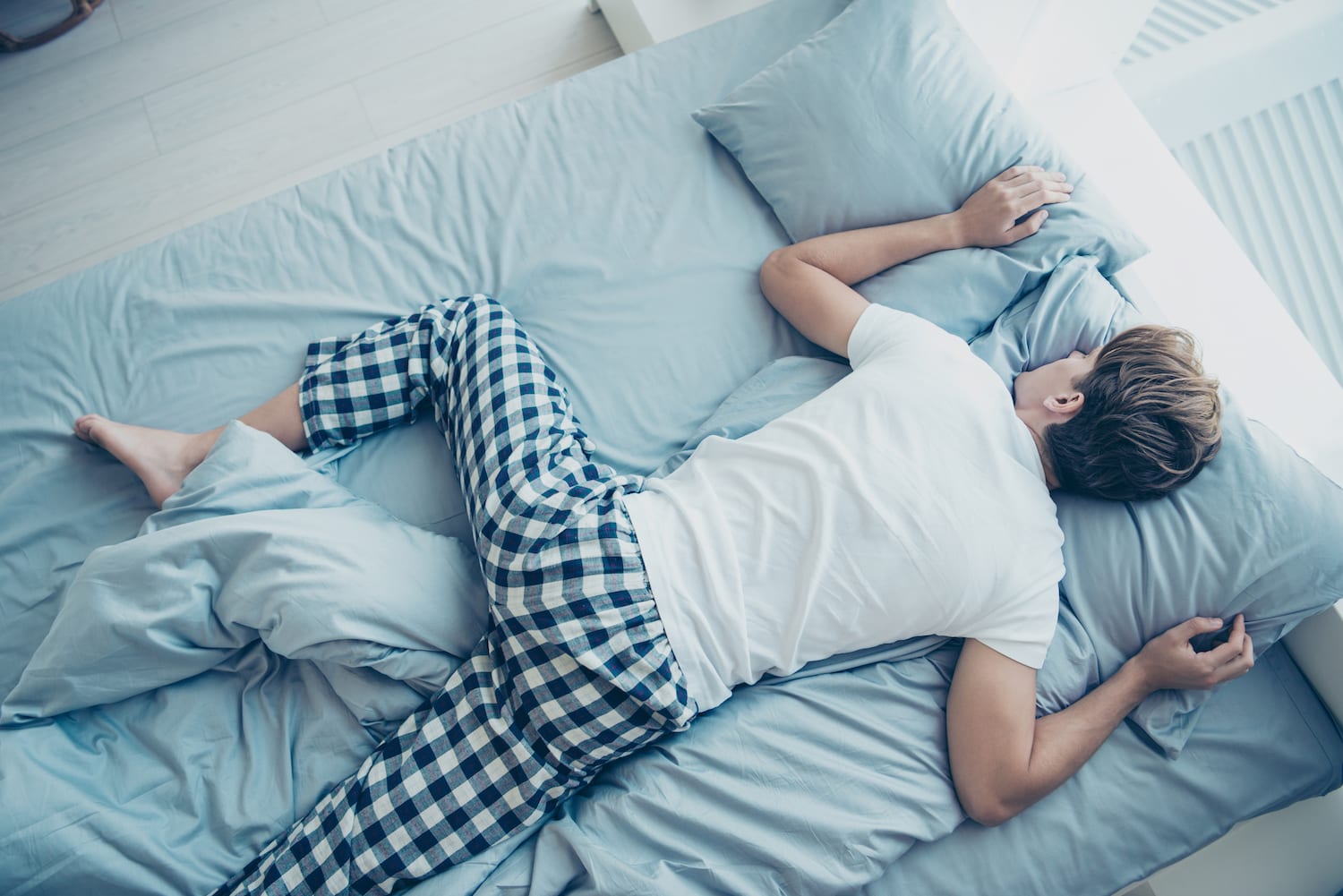Sleeping positions play a significant role in our lives, and while many prefer certain positions, the research on this topic remains limited. In today’s article, we will explore the factors that make a comfortable and healthy sleeping system.

A group of scientists in Hong Kong is pioneering a new way to gather information about a person’s sleep using an infrared device. They are also using motion detectors to monitor sleeping postures. This innovative approach aims to provide insights into the impact of sleeping positions on our health.
Studies have shown that over half of people prefer sleeping on their sides, while 38 percent opt for sleeping on their backs, and a smaller 7 percent sleep on their stomachs. Interestingly, age seems to influence our sleeping posture, with older individuals tending to favor sleeping on their sides. In contrast, young babies are often placed on their backs or sides for safety reasons.
Sleeping on the right side appears to offer the best sleep quality. This position minimizes issues like snoring and breathing difficulties, which are more common among those who sleep on their backs. Sleeping on one’s side is generally considered more beneficial for promoting uninterrupted breathing and a restful night’s sleep.
However, it’s important to consider individual health conditions when choosing a sleep position. For instance, people with severe neck pain may find that sleeping on their sides exacerbates the discomfort. In such cases, a study from Australia suggests that back sleeping may be a more suitable option.
On the flip side, those dealing with heartburn may find relief by sleeping on their left side. This position can help prevent stomach acid from flowing back into the esophagus. Additionally, if you’re experiencing jaw pain, lying on your back may be a more comfortable choice.
It’s worth noting that the research on sleep positions is ongoing, and individual preferences and health conditions should ultimately guide your choice. The key is to prioritize a comfortable and restful night’s sleep, regardless of the position you prefer.
Leave a Reply